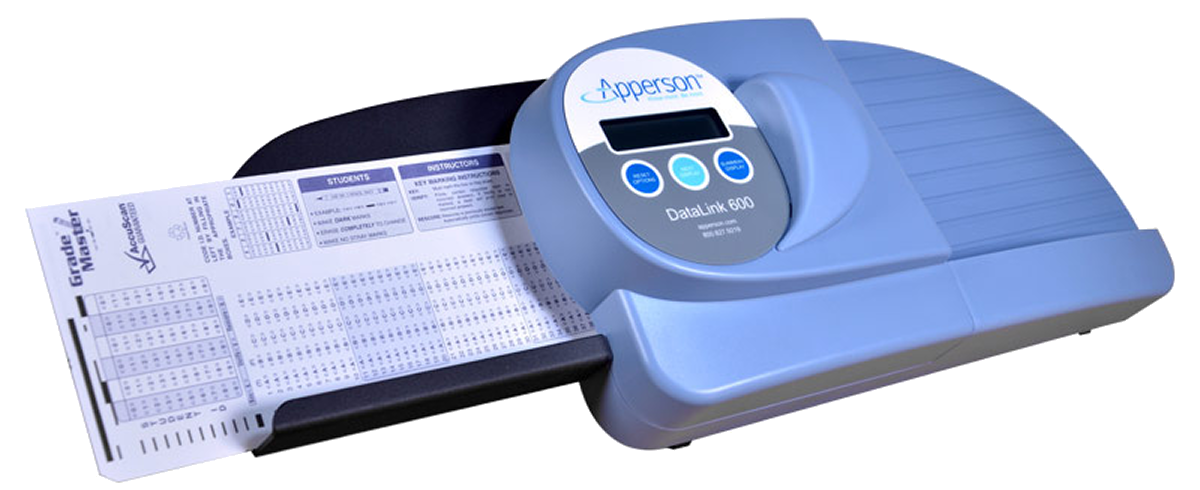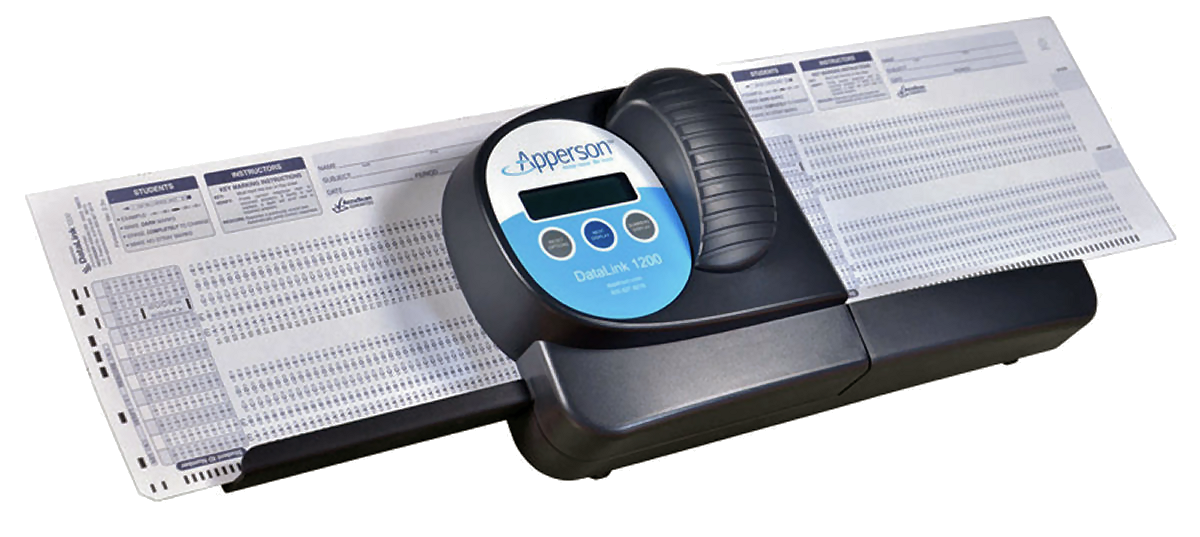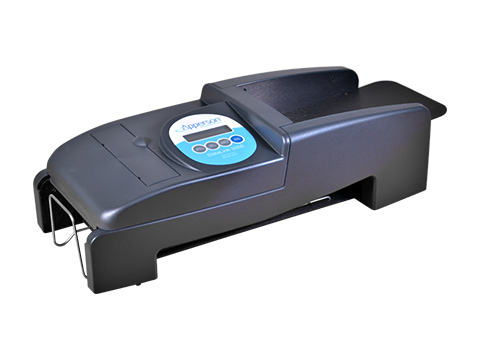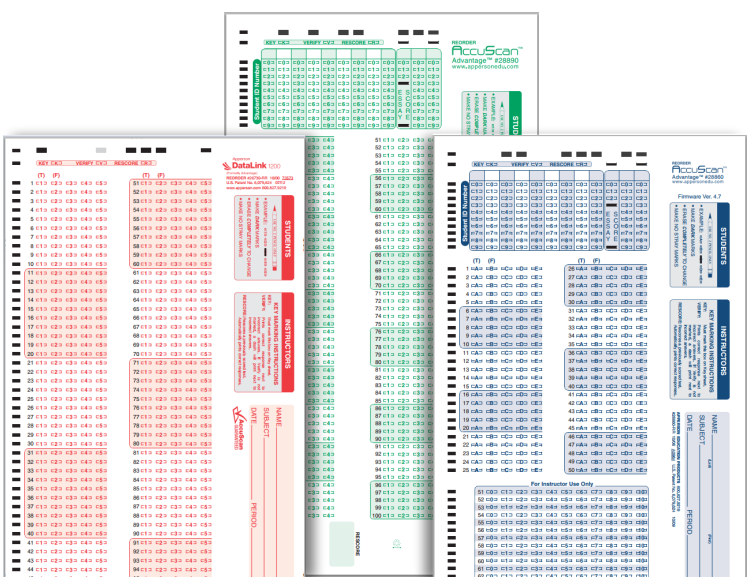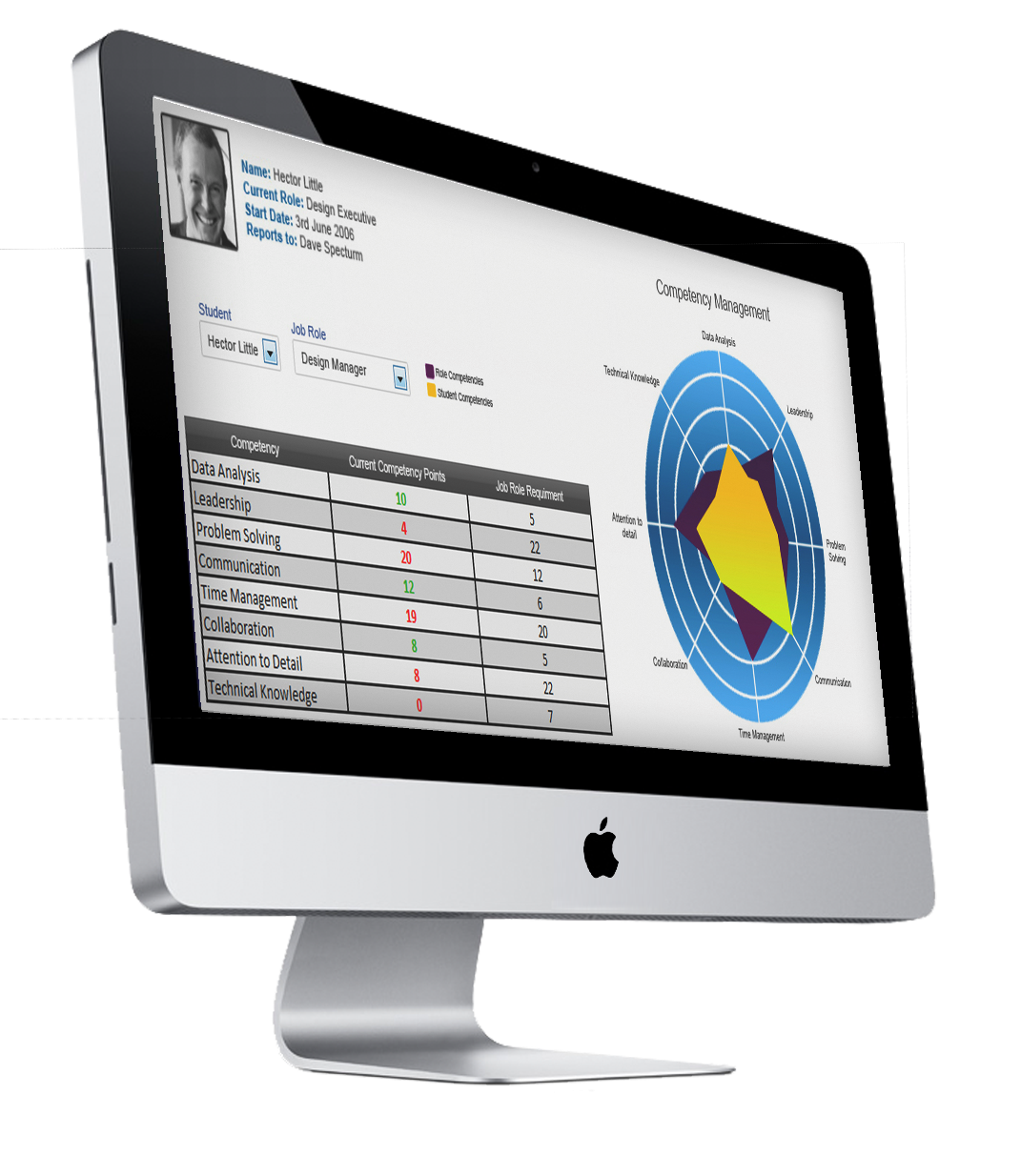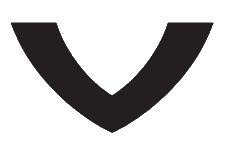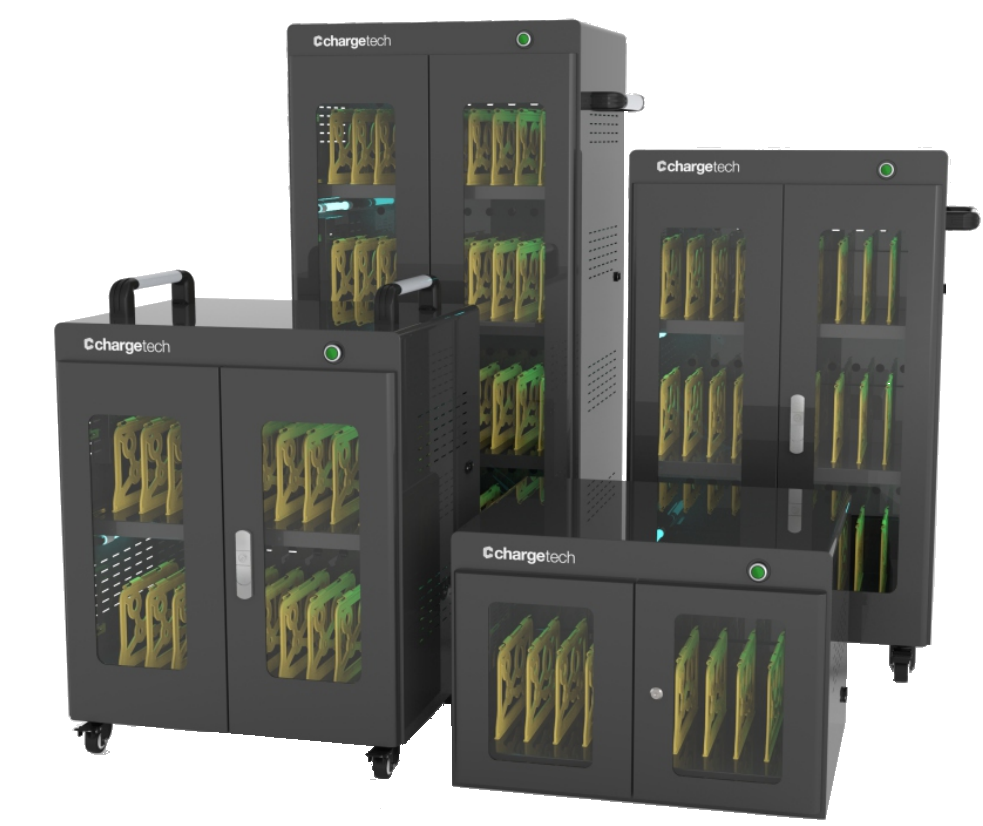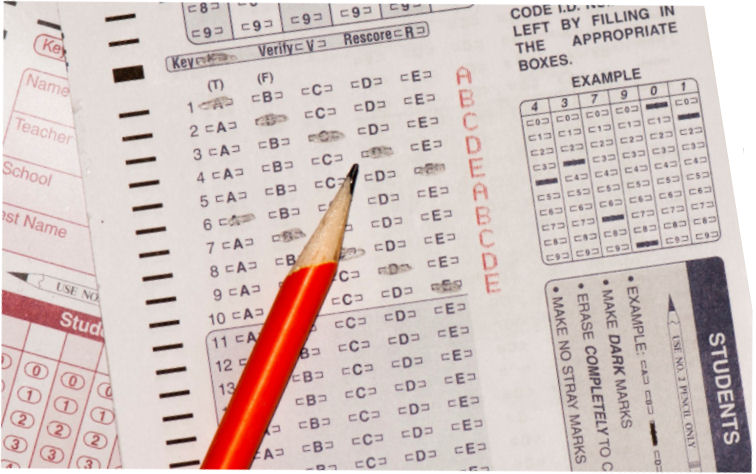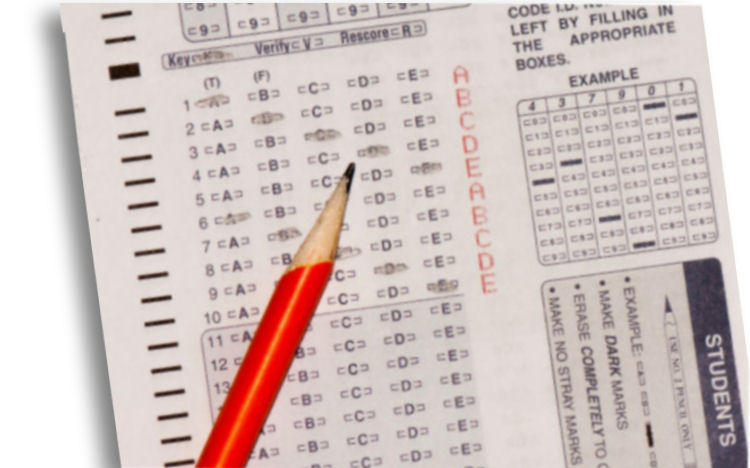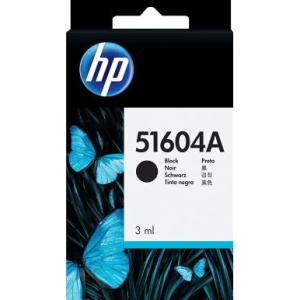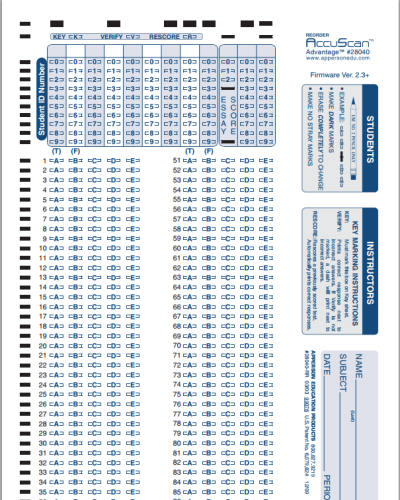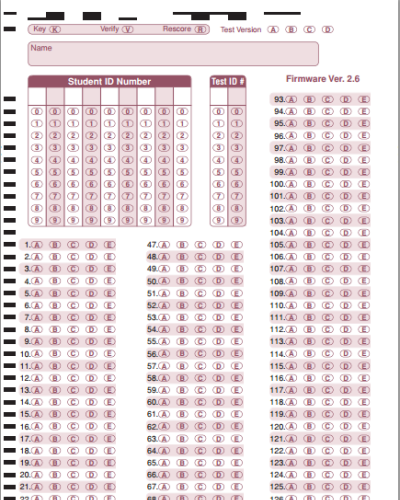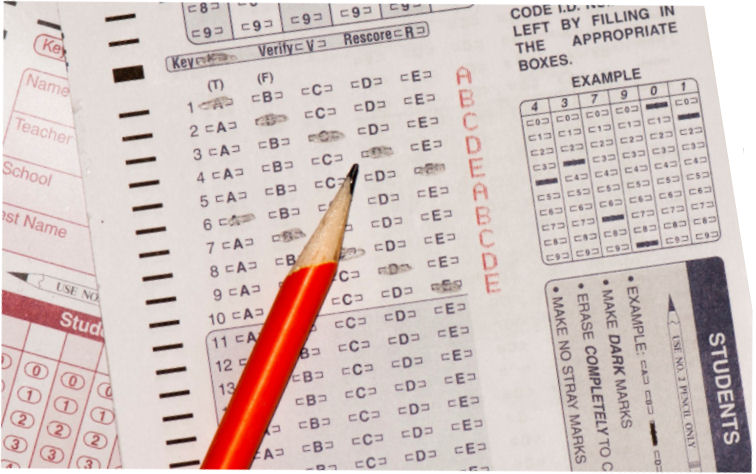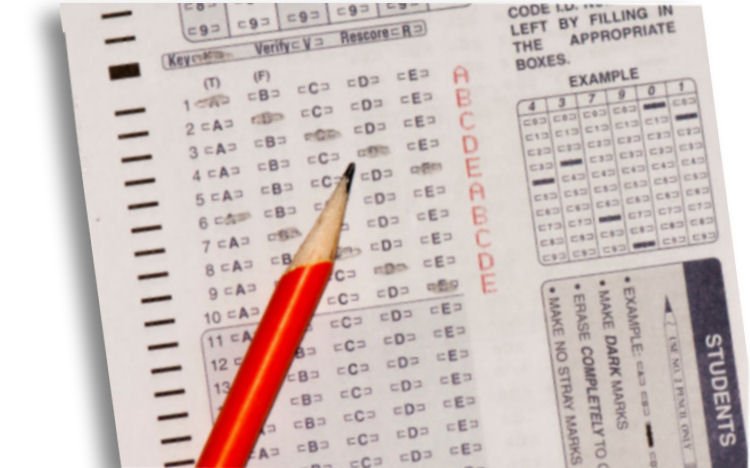Stop overspending on Scantron forms
- Marie Stefanakis
- Hits: 3757
Frustrated with the inflated prices your school is paying for Scantron testing forms? Looking for a cost-effective and convenient solution? Save up to 20% by switching to CAMtria, your Canadian supplier for testing forms, including Scantron-compatible forms.
The Challenges and Advantages of Conducting Exams During the COVID-19 Crisis
- Sheila
- Category: Blog
- Hits: 15341
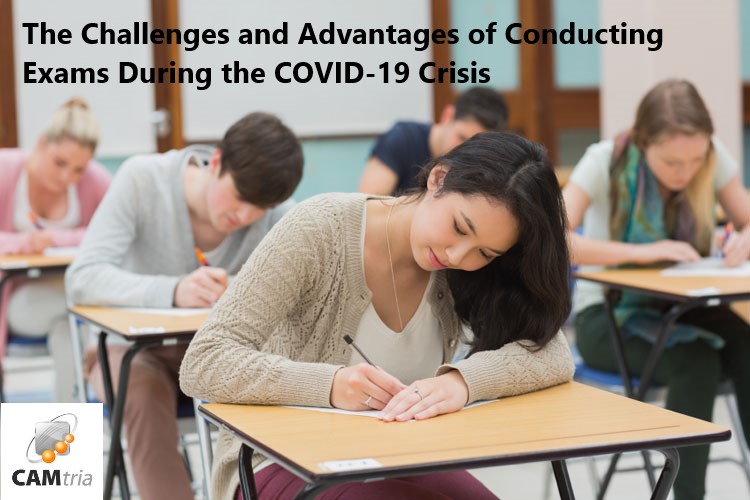
UV Disinfection and Education:
- CAMtriaAdmin
- Category: Blog
- Hits: 21473
UV Disinfection and Education:
UV Laptop Sanitizer Shown to Keep Classrooms Safer from Spread of Disease
Will school return in person this fall?
With the 2020-2021 school year less than two weeks away, there is still a remarkable amount of uncertainty as to whether or not schools will be open in person this fall. The solution to this problem will not be universal. While Provincial Governments are urging schools to return in person this fall, every province and local system will respond differently based on their local resources, infection rates, and populations. UV disinfection can make a difference.
Some school programs and daycares are already operating in modified capacities in-person, and many Canadian universities have announced their plans to resume classes in person this fall. However, with Coronavirus cases still rising in various countries, school districts will likely not know whether or not students will return to classrooms in person until the last minute.
“Any school board official or any provincial government that is being honest with parents is going to say we don’t know exactly how this is going to play out,” said John Valant, a senior fellow in the Brown Center on Education Policy at The Brookings Institution.
With such a high level of uncertainty, and the reality that a continued risk of infectious diseases is not going away, the best thing school administrators can do is make their classrooms as virus-proof as possible.

Keeping Schools Safe – The Basics
Making classrooms safe requires basic protective supplies like masks for all teachers and students, heightened sanitation and cleaning practices, and comprehensive best practices policies to protect the health and safety of students and teachers alike.
Primary and Secondary Education
Such policies include staggering schedules to reduce the occupancy of school buildings and offering a combination of online and in-person learning. Mayor Bill de Blasio of New York has announced his intention to allow students to return to class in person two to three times a week. This hybrid schedule allows for social distancing in classrooms by reducing the number of individuals in the school building by about half.
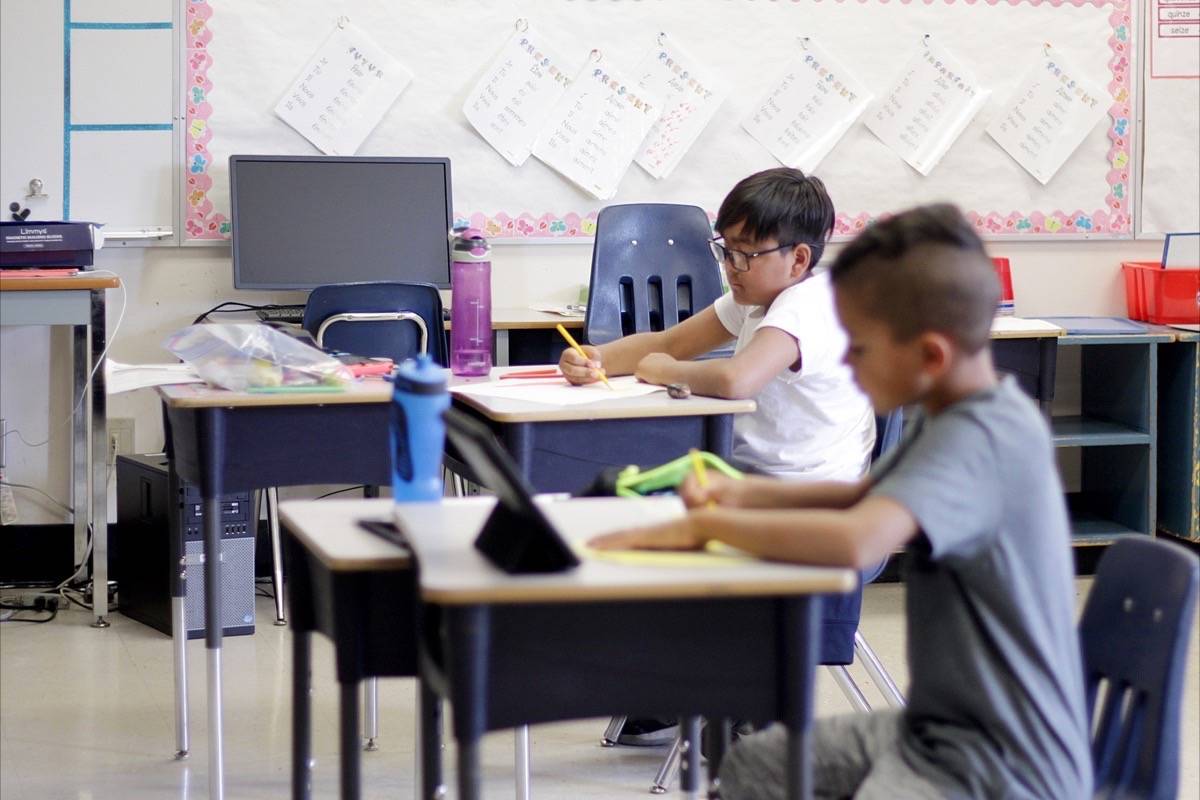
With reduced occupancies, students would be able to space their desks out to comply with social distancing guidelines such as seen in the picture above at a preschool in Monterey Park, California in early July.
Mandatory temperature checks will be practiced across the country while students and teachers who feel ill are strongly encouraged to stay home. Teachers also require ensured healthcare and paid sick days so they are able to stay home if they feel ill.
With fewer students in each classroom and the likelihood that teachers will take more sick days to protect the health and safety of themselves and their students, most school districts will probably require more instructors, substitutes, and full-time teachers to fill this gap in resources.
Higher Education
The same debate is being played out in upper education. For the university, a different set of challenges exists and many different strategies have emerged as possible solutions to curb the spread of diseases.
News from schools around Canada- source: https://www.universityaffairs.ca/news/news-article/covid-19-updates-for-canadas-universities/
York preps for online winter term
The Senate Executive Committee at York University has approved the extension of fall remote learning plans into the winter 2021 term. “This means the same fundamental approach to course delivery in the fall will also apply for the Winter 2021 term. The guidelines are premised on preparing for online/remote delivery of both undergraduate and graduate courses,” explained Lisa Philipps, provost and vice-president, academic, in an update to the community.
Alberta institutions collaborate on OER
Seven higher education institutions in Alberta have jointly created Open Education Alberta, a free publishing service for open educational resources available to all postsecondary instructors in the province. “Faculty [members] are already looking at ways to revisit how they’re going to deliver their courses for the fall, and OERs might solve some of the problems that they’re encountering in terms of student access to learning materials,” said Cari Merkley, a librarian at Mount Royal University and co-lead on the project.
Concordia sends mini lab kits to chem students at home
Chemistry professors at Concordia University are sending students in this fall’s General Chemistry 1 class their very own mini lab kits. About 600 kits will be distributed so students in the entry-level course can get hands-on experience while following the class lectures online at home. The kits include lab-grade glassware (beakers, flasks, graduated cylinders), a weighing balance and a burette. The instructors have prepared experiments for this fall’s courses that will make use of ingredients you’d find easily enough at home or in a grocery store, such as vinegar, salt, rubbing alcohol, rice and paper clips. Not only does this make the assignments easy and safe to do at home, it reinforces for students that chemistry occurs everywhere – not just in a lab.
Free masks at U of T
Following a similar announcement from Western University, the University of Toronto has said it will distribute 250,000 non-medical masks to students, staff, faculty and librarians on campus. Each person will get two reusable U of T-branded polyester masks. The university explained that these are to supplement the face coverings that people were already bringing to campus on their own.
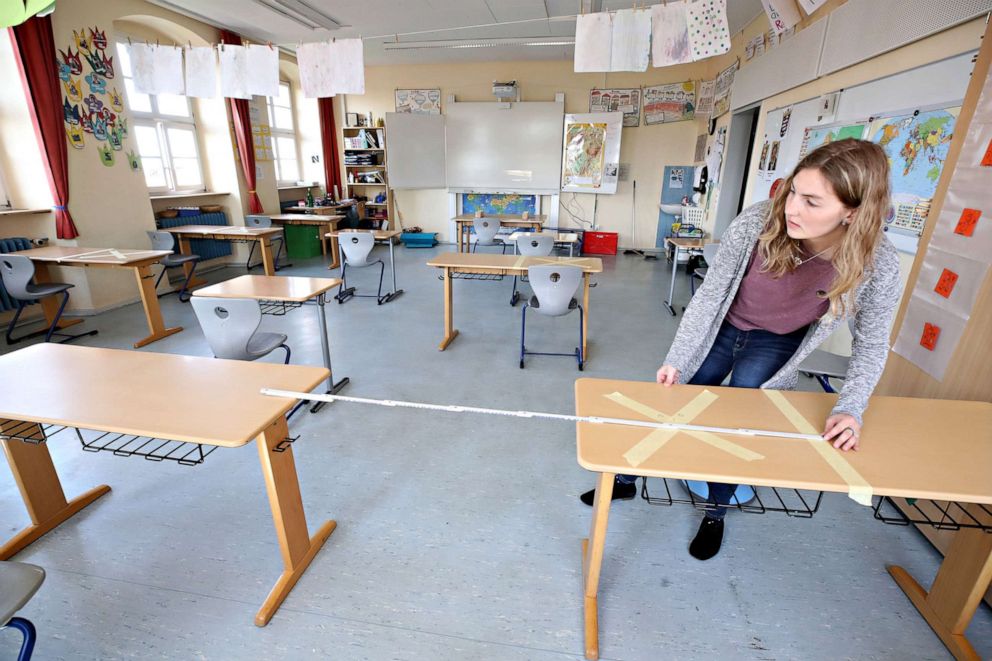
Online Schooling vs In-Person Learning
There are many forces and factors that are compelling students to return in-person before it is deemed completely safe. Firstly, online learning, especially for primary and secondary education, has proven to be both difficult and less effective than in-person learning based on the experience of teachers, students, and parents across the country this spring.
Shortfalls of Online Learning
NWEA, an Oregon based education nonprofit has found that students experienced between a 30% to 50% decline in learning gains last year compared to typical school years with the largest decreases coming in vulnerable and low-income households who often lack access to an internet connection, supplies, and parental instruction due to inflexible work hours.
The nonprofit EducationSuperHighway estimates that 9.7 million students, about 20%, are not connected to the internet, with the majority of these students belonging to low income and minority households.
The issues with online learning extend beyond low success-rates and high absentee-rates. Moving school online puts a large burden on families who rely on schools to teach, feed, and take care of their children during the workday if they are not able to stay home from work all day long.
Financial Incentives to Return to Campus
The incentives to return students to the classroom are not just felt by the families but by the schools themselves. The Coronavirus shutdown placed an exorbitant burden on teachers and educators to transition from traditional learning to online learning with little to no training, inadequate technical support, and often without the protocols and technical infrastructure in place to carry this out.
Beyond these pedagogical challenges, many institutions face steep financial incentives to bring students back on-campus. For example, many universities, colleges, and private schools charge large tuition fees for their students in exchange for a comprehensive learning experience.
The economic model of these institutions relies on in-person learning and an on-campus experience the extends from education to sports, extracurriculars, and social life. Without students on campus, the entire model of private education, both pedagogical and financial, becomes untenable.
For any combination of these reasons, school administrators are being pushed from all sides to bring students back as soon as possible while also protecting the health and safety of their teachers, staff, and students.
Therefore, whether students will be in the classroom or not this fall, schools and school districts face great incentives to make their physical buildings and classrooms as safe from the spread of diseases as possible in order to resume in-person learning quickly and safely.
While the basic set of protective measures and best practices listed above is an essential step to resuming in-person learning, schools must look beyond these measures to make their learning environments fundamentally safer from the spread of infectious diseases.
UV Disinfection in Education
Schools, colleges, and universities of all sizes have been turning to UV sanitation technology to keep technology devices clean and safe. Most schools and colleges employ technology such as laptops, Chromebooks, and tablets for digital learning, these electronic devices pose a risk as possible links in the chain of infection.
Laptops and tablets, which are often provided to students for their use, are notoriously difficult to clean and capable of housing bacterial and viral matter for long periods of time, increasing the likelihood of transmission in classrooms, especially when these devices are shared or passed to different students each day.
UV Laptop Sanitizers
When schooling went online last spring, many school districts provide laptops and tablets to their students to use for online learning. These school-owned devices had to be cleaned and disinfected, yet without UV laptop sanitizers, it was very difficult to ensure their cleanliness.
UV laptop sanitizers and tablet UV sanitizers such as the ChargeTech UV Clean and Charge Carts are the most effective way to disinfect shared technology items such as Chromebooks or other devices.
ChargeTech customers at all levels of education have been sourcing our UV Clean and Charge Carts that can hold up to 40 laptops at once. While your devices are being charged, these UV carts run a 5 minute UV disinfection cycle to keep classroom technology safe and clean.
How does UV work to help stop the chain of infection?
As a society, we are fighting an invisible enemy. We must take efforts to break the chain of transmission at every possible step. That is why we are encouraged to wash our hands regularly and avoid touching public surfaces.
The same principle applies for our technology. Only through UV sanitation can we ensure that our shared electronic devices are not acting as links in the chain of transmission. ChargeTech UV Clean and Charge Carts are specifically designed for classrooms and businesses in mind which rely on a large number of electronic devices to be charged, orderly, and sanitary.
The UV-C light bulbs in ChargeTech UV disinfection products are specifically placed to target the maximum amount of surface area with a calibrated wavelength of UV light that damages the DNA of bacterial and viral matter. Dr. Indermeet Kohli, a physicist at Henry Ford Hospital in Detroit, told Live Science that UVC at a specific wavelength, 254 nanometers, has been successfully used to kill H1N1 influenza and other coronaviruses, such as SARS and MERS.
UVC-254 damages the DNA and RNA of viral matter, including the novel coronavirus (COVID-19), according to Dr. Jacob Scott, a research physician in the Department of Translational Hematology and Oncology Research at Cleveland Clinic.
Exposure to UVC-254 damages COVID-19 viral matter so that it cannot replicate, effectively killing the virus on the spot.
Resources for Teachers: 7 Classroom Activities and Icebreakers for Back to School
- Marie Stefanakis
- Hits: 20601
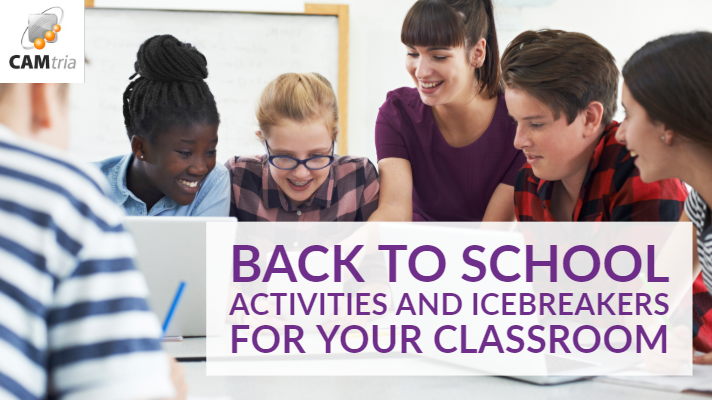
For many teachers, icebreakers can be seen as a necessary evil. Not only are they a straightforward way to learn more about the students that you’ll be teaching over the next year, they’re also useful for creating a sense of cohesion among the students themselves.
However, it can become challenging to find activities that are engaging and don’t have your students rolling their eyes. You also need to make sure that you aren’t asking students to reveal too much information about themselves, which can be challenging and stressful for those with anxiety.
The Ultimate Purchaser's Guide to CAMtria
- Marie Stefanakis
- Category: Blog
- Hits: 15673

As the new school year approaches, many educational purchasing departments will be looking for ways to cut or streamline costs in ways that don’t affect the quality of instruction or the day to day of students. Making the switch to a new vendor is often stressful, but it doesn’t need to be. When you decide to turn to CAMtria for your assessment needs, it is our goal to make the process as easy and hassle-free as possible. For that reason, we’ve compiled below the most frequently asked questions we receive from our customers across Canada.


